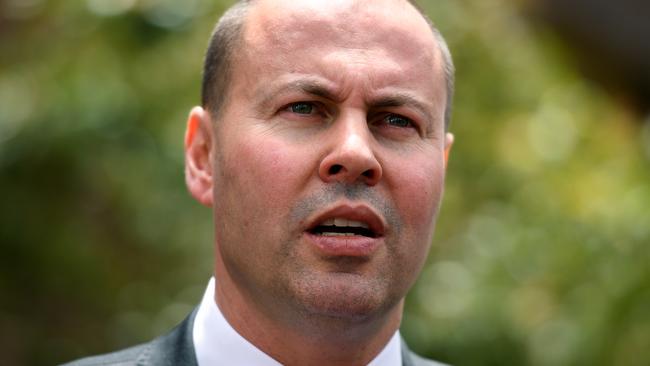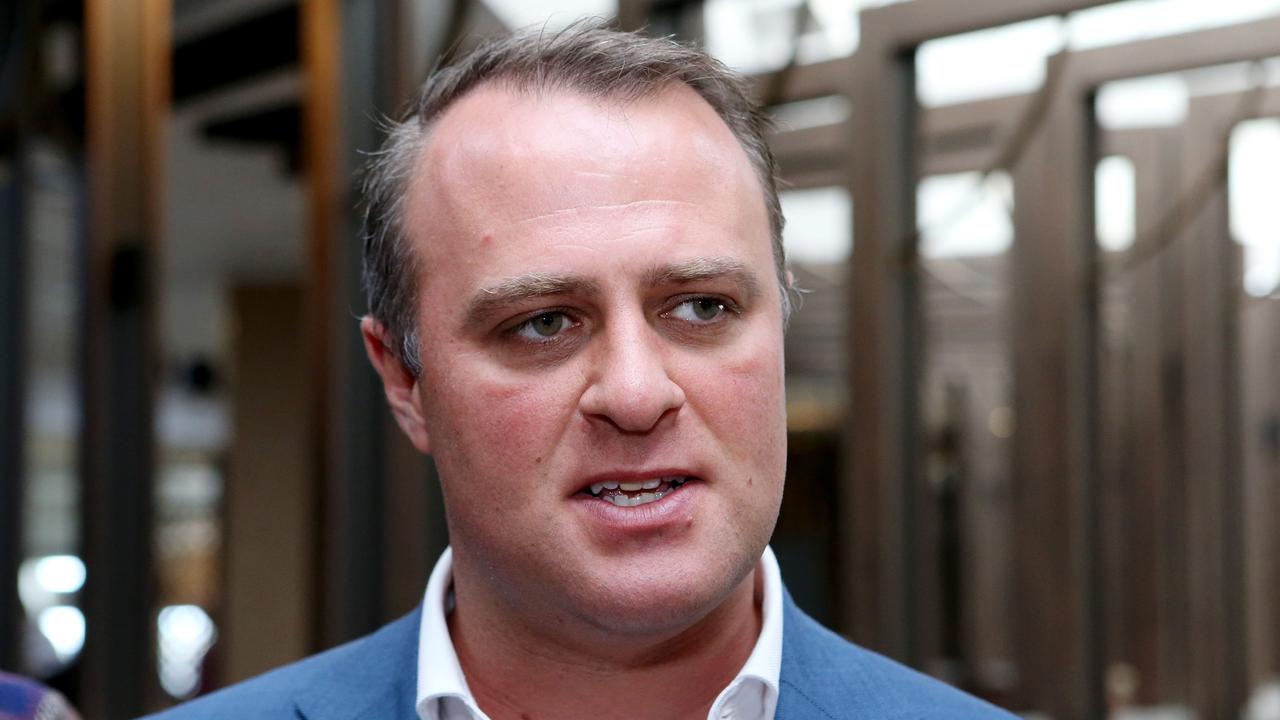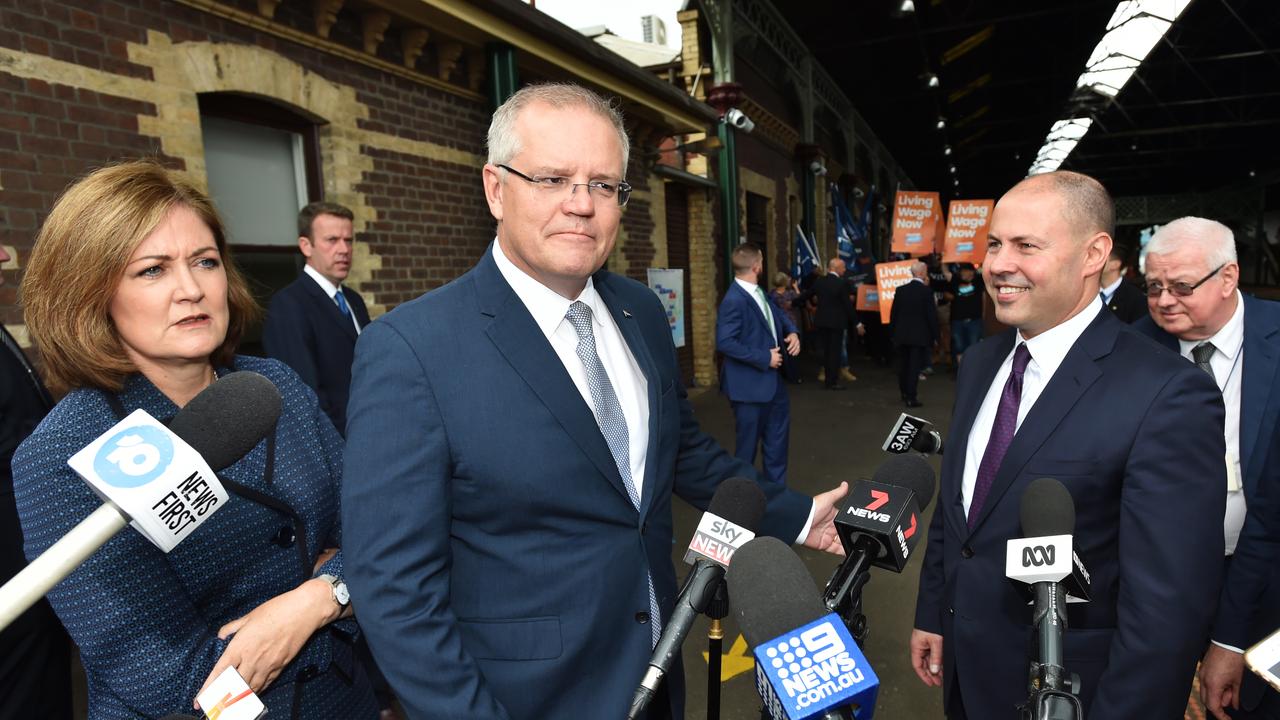Fears small-business loan plan too risky
The federal government’s plan for a $2 billion fund to facilitate small-business loans comes with higher taxpayer risk.

The federal government’s marquee plan for a $2 billion fund to facilitate small-business loans comes with higher risks for taxpayers, as small-business loan loss rates can be four to five times that of vanilla mortgages.
Analysis by The Australian of work done by ratings agencies on previous securitised tranches of small-business loans puts worst-case-scenario loss rates in times of economic stress as high as 19-26 per cent. The risks depend on a range of factors, including interest rates and unemployment, and loss rates in higher-rated pools of business loans.
On Wednesday, Josh Frydenberg and Small Business Minister Michaelia Cash announced two key proposals to boost small and medium businesses’ access to loans and capital at more affordable rates. A $2bn securitisation fund — which will provide financing and buy parcels of loans from small banks and non-bank lenders that are packaged as bonds — is being set up alongside a private equity-style fund to invest in smaller-growth companies.
The Treasurer shrugged off concerns yesterday about the program exposing taxpayers to riskier business loans, saying the government’s debt-portfolio manager, the Australian Office of Financial Management, would assess the exposures.
“The AOFM, who have experience in these markets, will be undertaking the necessary due diligence and working with the relevant credit ratings agencies,” Mr Frydenberg said in an interview.
“It will be the AOFM’s responsibility to manage the risk.”
During the global financial crisis, the AOFM bought $15.5bn in mortgages packaged up as securities to support banks and lenders when funding markets collapsed.
The Australian understands that what is being proposed for small business is similar but will also allow the government to provide warehouse funding for lenders to write loans, with the option of getting super funds involved.
Treasury plans to communicate details and engage with industry over the fund in coming weeks, including ratings agencies, as it sets a mandate for the AOFM.
It will also draft legislation to govern the fund, with the aim of introducing it early next year.
Several Liberal MPs have said the government’s proposals to boost business lending are too interventionist.
Liberal MP Jason Falinski said the securitisation fund would have to be carefully designed to prevent the market being flooded with potential bad debt if businesses couldn’t repay loans.
“We are using taxpayer money to do this. It is government-guaranteed,” he told Sky News.
“You don’t want to be in a position where you are writing a blank cheque for financial institutions to be out there selling debt into the small-business market without us having the proper checks and balances in place.”
Moody’s Investors Service associate managing director Ilya Serov said it was “hard to know” which part of the small-business lending market the AOFM would target.
“The interesting thing about the SME space is that it is fairly diverse,” he said. “The bulk of the analysis is on the portfolio.”


